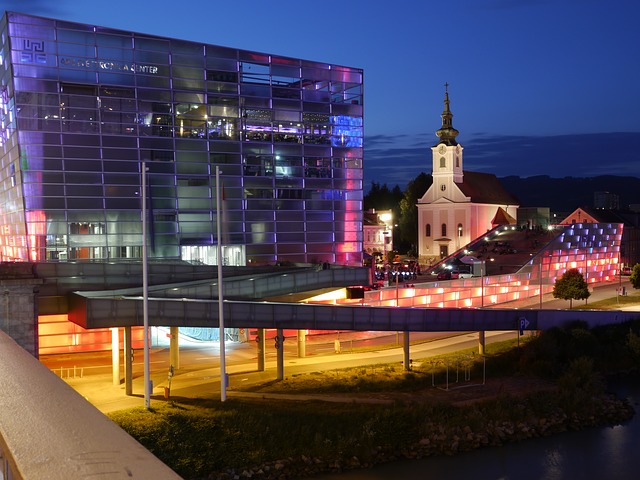

Linz is a beautiful and sometimes underrated city located in the northern part of Austria on the River Danube. As the third largest city in Austria and a great tourist destination with many sights & activities. The combination of historical buildings, stunning architecture, vast green space, & modern innovations. Since 2014 Linz has been part of the UNESCO creative cities network & this is apparent with the brilliant array of museums one can visit here.
Also known as the European Capital of Culture, Linz is a city that not only preserves its traditions but actively promotes its cultural heritage across borders. Located on the Danube with a rolling green backdrop, Linz is a city equally rich in nature and culture. Though it was the city where Adolf Hitler spent his youth Linz has a history as a city of peace & it works to uphold that reputation.
The city’s designation as a UNESCO City of Media Arts shows that Linz, together with Lyon, Sapporo, Tel Aviv, and Dakar is one of the world’s most future-orientated locations. In addition to pioneering technology and visionary media arts, the city offers a variety of historical and cultural highlights & culinary delights.
Tourist Attractions In Linz : 20
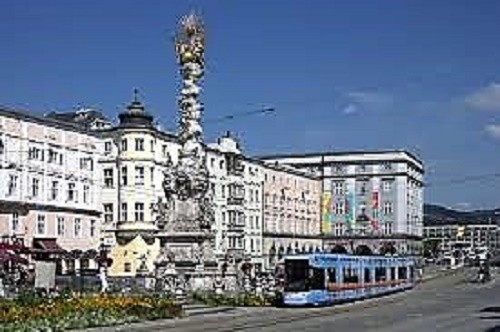
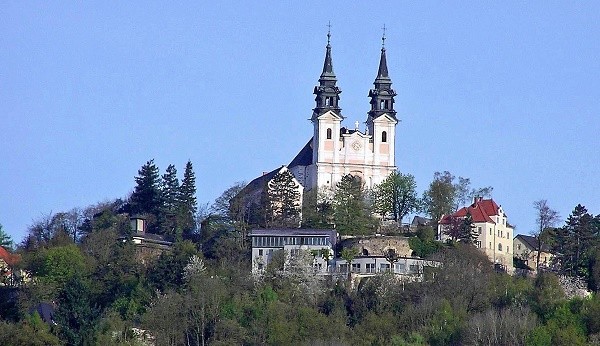

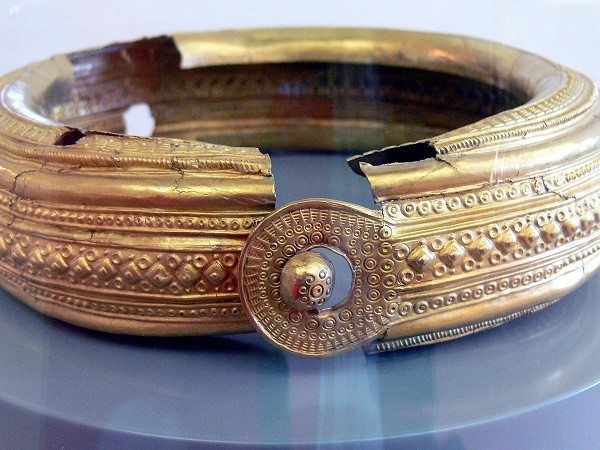
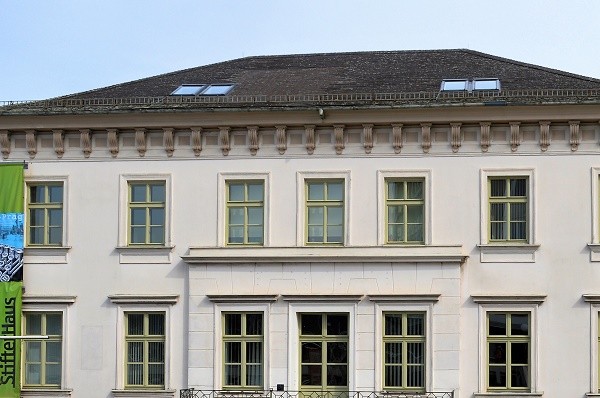
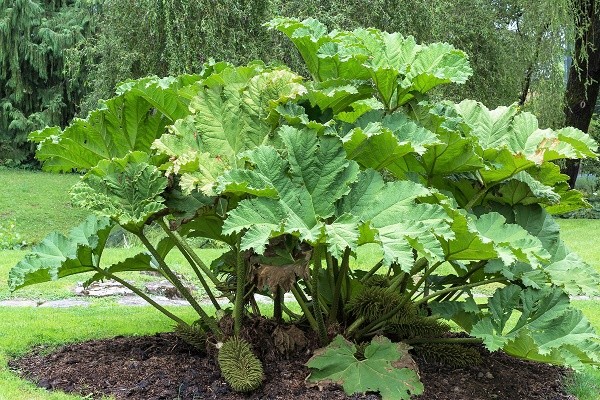
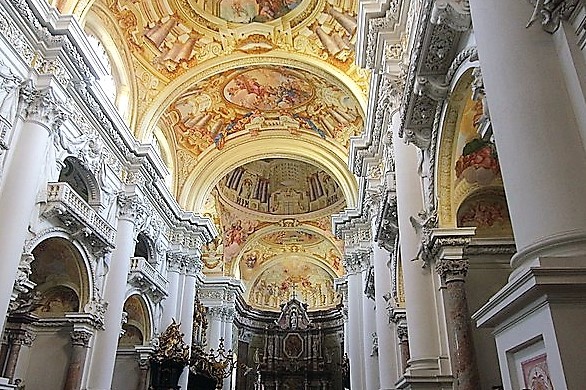
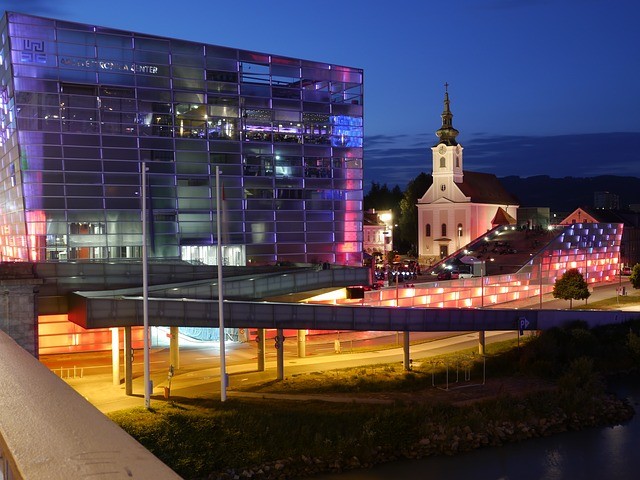
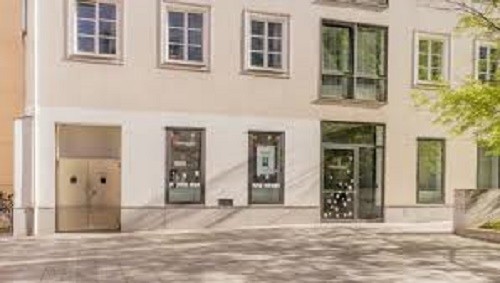
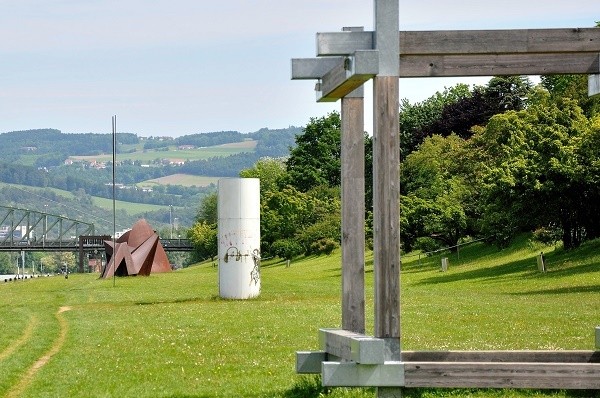
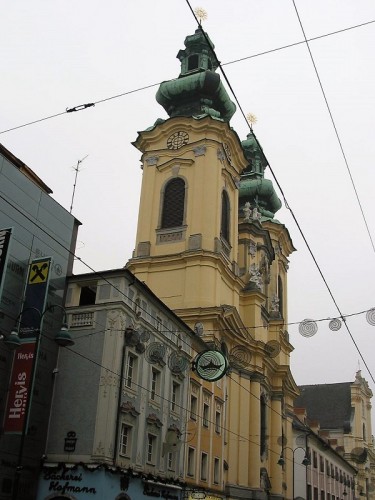
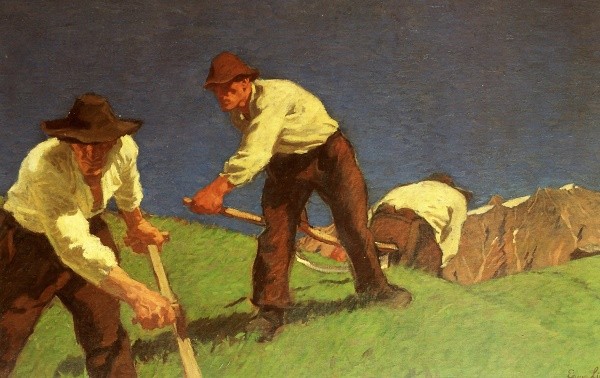
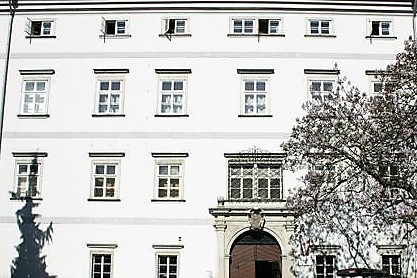

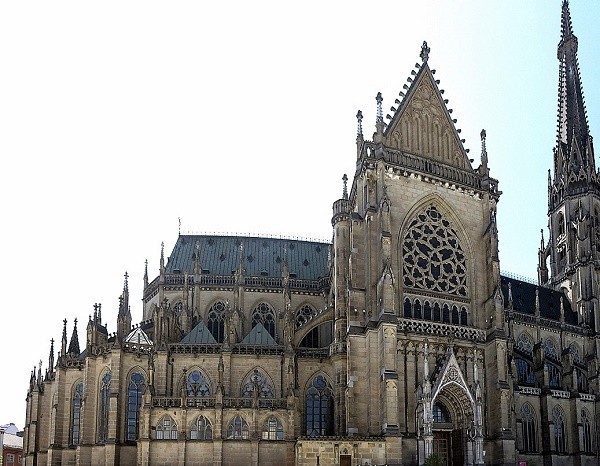

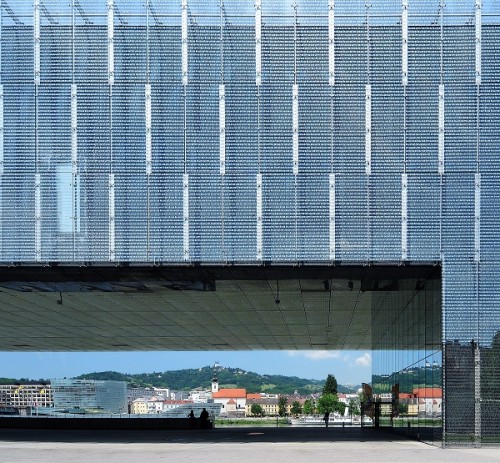
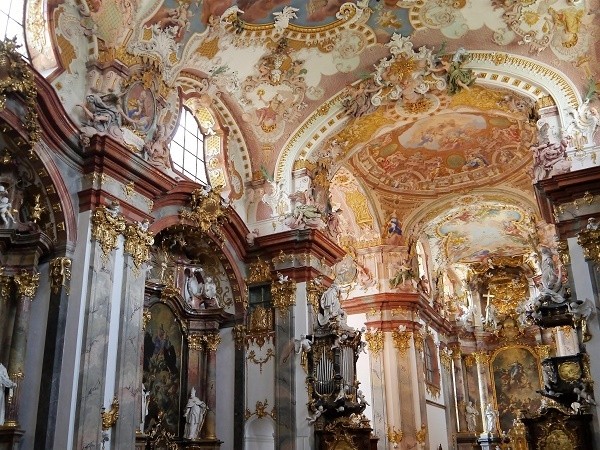
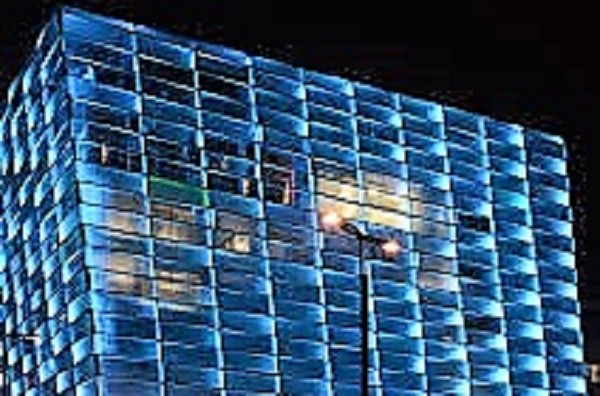

By Air - The Blue Danube Airport is at the gates of the city, just 20 minutes away from the centre. There are direct flights to Linz from Dusseldorf, Frankfurt, London, Salzburg and Vienna.
By Train - The Osterreichische Bundesbahnen offers convenient, low cost connections from the whole of Austria and neighbouring countries. The main station is close to the centre and directly linked to all major transport routes. Since 2011, the new Westbahn rail service covers the Vienna to Salzburg route via Linz in 3 hours
By Water - Linz is situated on one of Europe's most important waterways, the Danube, which is linked to the Rhine and the Main. Linz is a popular stopover for cycle tourists on the Danube bicycle path from Passau to Vienna.
By Bus - Shuttle bus, CK Shuttle and Czechshuttle offers door to door shuttle bus transportation services between Linz and Salzburg, Hallstatt, Vienna and Cesky Krumlov.
By Road - Linz is connected with Vienna, Salzburg, and Munich via the A-1 motorway, the Muehlviertel A-7 Autobahn and the south of Austria, Klagenfurt via the A-9 Autobahn. It is also connected to Germany via Passau through motorway A-8.
Getting Around - Linz has a very good public transport service. A lot of the tram and bus lines are available. Public and private car rental services are also available throughout the city.
1 - LEBERKASPEPI, LOCATED AT RATHAUSGASSE 3, 4020 - (FAMOUS FOR LEBERKASE IS A FOOD CONSISTS OF CORNED BEEF, PORK AND BACON)
2 - BURGERISTA, LOCATED AT ALTENBERGERSTRABE 6, 4040 - (FAMOUS FOR BURGER)3 - KONDITOREI JINDRAK, STAMMHAUS AND KUNSTCAFE, LOCATED AT HERRENSTRABE 22, 4020 - (FAMOUS FOR LINZER TORTE IS A TYPE OF CAKE MADE FROM FLOUR, BUTTER, EGG YOLKS, CINNAMON, LEMON JUICE, GROUND NUTS (HAZELNUTS, WALNUTS OR ALMONDS) AND JAM)
4 - SCHINDLER‘S HEURIGER, LOCATED AT EISENBAHNGASSE 18, 4020 - (FAMOUS FOR ROASTED PORK)
5 - BROTSUCHTIG GMBH, LOCATED AT HERRENSTRABE 8, 4020 - (FAMOUS FOR PASTRIES)
6 - RIKSCHA BISTRO, LOCATED AT HOFGASSE 12, 4020 - (FAMOUS FOR SOUP)
7 - BURGER CHECKER, LOCATED AT FREISTADTER STR. 313, 4040 - (FAMOUS FOR HAMBURGER)
8 - HORST DEKO AND GENUSS, LOCATED AT MOZARTSTRAßE 19, 4020 - (FAMOUS FOR CAKE AND COFFEE)
9 - BIG JOE, LOCATED AT GRABEN 28, 4020 - (FAMOUS FOR FALAFEL IS FRIED DOUGH FOOD MADE FROM FAVA BEANS OR CHICKPEAS)
10 - VIETNAM PHO, LOCATED AT FREISTADTER STR. 60, 4040 - (FAMOUS FOR PHO IS A TYPE OF NOODLE SOUP MADE FROM RICE NOODLES AND BEEF OR CHICKEN)
11 - PIZZERIA BELLA CASA, LOCATED AT AUBRUNNERWEG 1A, 4040 - (FAMOUS FOR PIZZA)
Updated 21 May 2018
Updated 21 May 2018